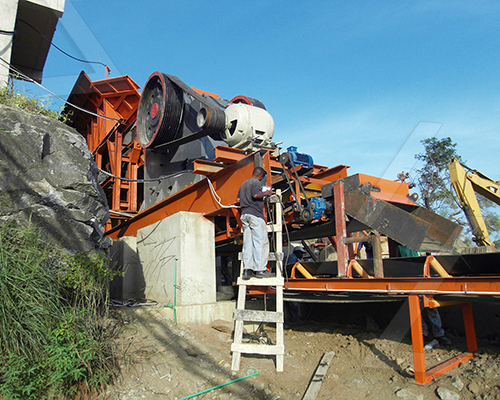When discussing mining equipment, it’s important to distinguish between different types based on their functions and the mining methods they support. Here’s a breakdown of key categories:
 1. Surface Mining Equipment
1. Surface Mining Equipment
Used in open-pit or strip mining operations:
– Excavators (e.g., hydraulic shovels, draglines) – Remove overburden and extract minerals.
– Haul Trucks (e.g., Caterpillar 797, BelAZ 75710) – Transport ore/waste.
– Bulldozers & Graders – Level terrain and clear debris.
– Drilling Rigs (e.g., rotary drills) – Create blast holes for explosives.
– Wheel Loaders – Load loose material into trucks.
2. Underground Mining Equipment
For tunneling and extracting minerals beneath the earth:
– Continuous Miners (for coal/soft rock) – Cut and gather material.
– Longwall Miners – Automated systems for coal seams.
– Roof Bolters – Reinforce tunnel ceilings to prevent collapses.
– Load-Haul-Dump (LHD) Vehicles – Transport ore in confined spaces.
– Underground Trucks & Shuttle Cars – Haul material to the surface.
.jpg) 3. Mineral Processing Equipment
3. Mineral Processing Equipment
Used to crush, separate, and refine mined material:
– Crushers (jaw, cone, impact) – Break down large rocks.
– Screens & Trommels – Sort particles by size.
– Ball Mills & SAG Mills – Grind ore into fine powder.
– Flotation Cells/Leach Tanks – Separate minerals chemically.
– Magnetic Separators/Spiral Concentrators – Extract metals like iron or gold.
4. Support & Safety Equipment
Critical for operational efficiency and worker safety:
– Ventilation Systems – Provide airflow underground.
– Gas Detectors & Monitors – Detect hazardous gases (methane, CO).
– Rock Dust Spreaders – Prevent coal dust explosions.
– Personal Protective Equipment (PPE) – Helmets, respirators, etc.
5. Auxiliary Equipment
Includes tools for maintenance and logistics:
– Lubrication Systems
– Conveyor Belts
– Pumps & Pipelines (for dewatering or slurry transport).
Would you like details on a specific type of equipment or





Leave a Reply